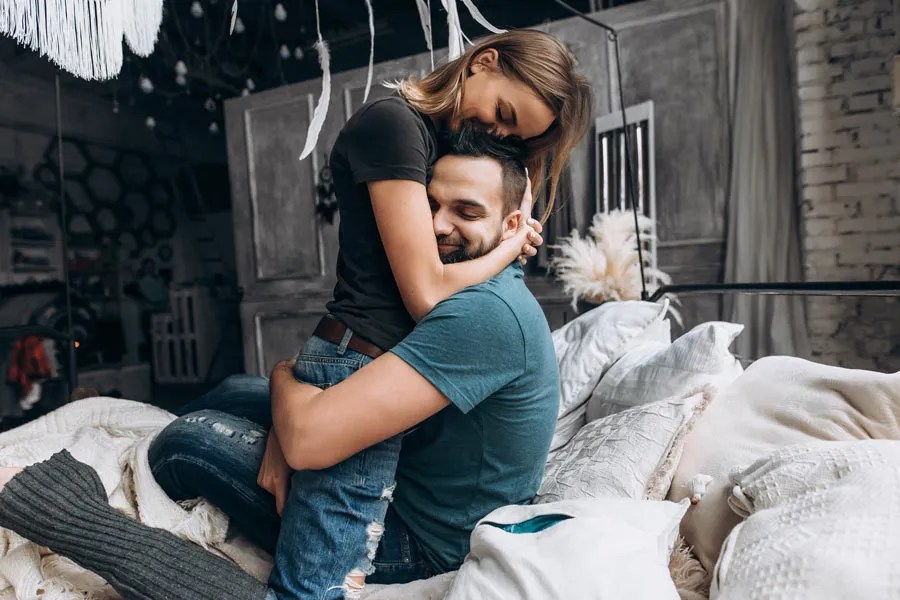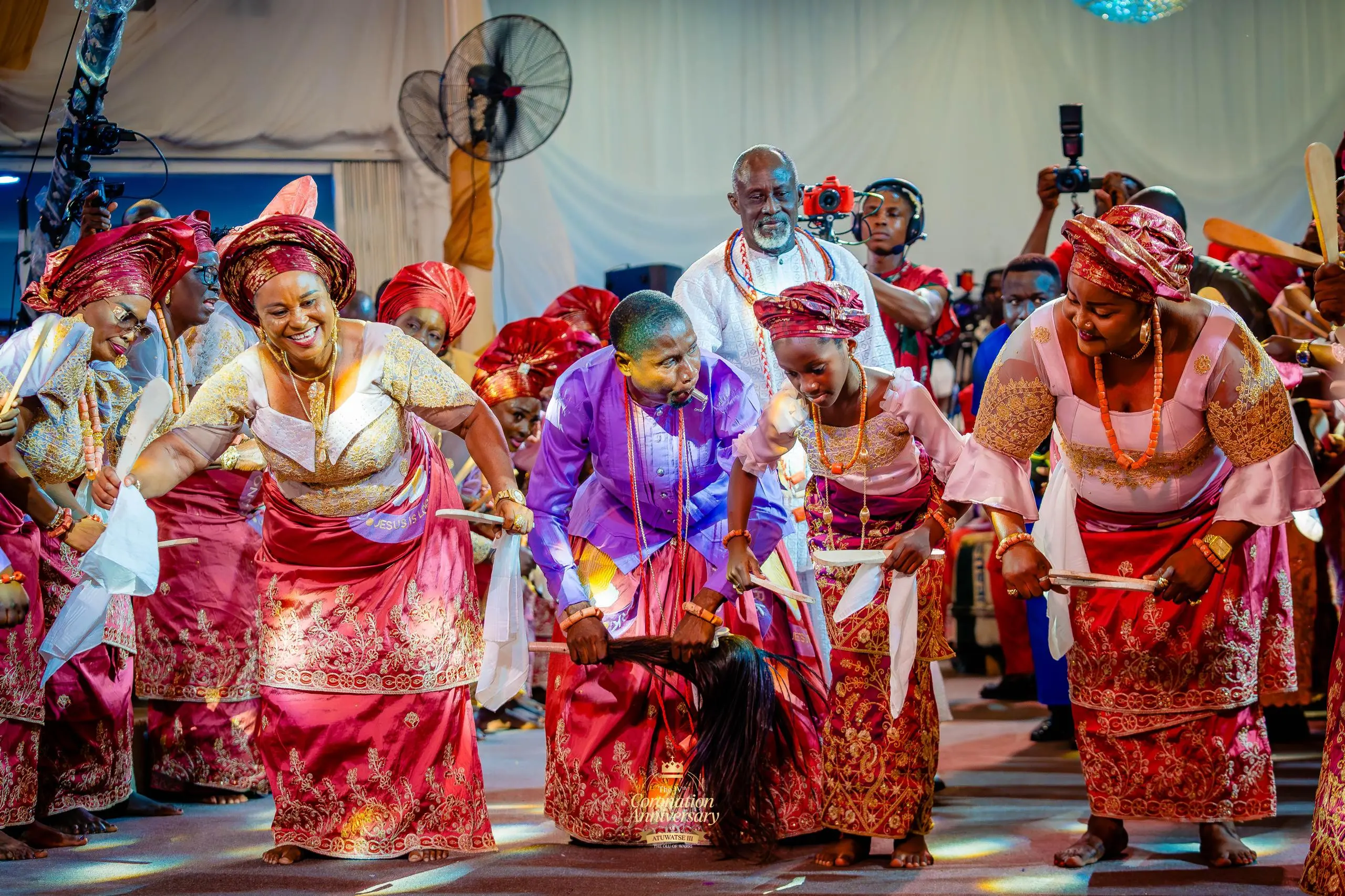- Judith Akatugba
- 0 Comments
- 737 Views
How can emotion be captured in photographs without appearing contrived or exaggerated?
This is an obstacle that is well-known to all portrait photographers. Unless your photography consists solely of candids or documentary-style portraits, you will frequently be attempting to capture emotions that your subject may not be experiencing.
Read Also: 5 Simple Bedroom Designs That Leave An Indelible Mark
A portrait devoid of any emotion, on the other hand, will likely appear lifeless, insincere, and easily forgotten.
Attaining the viewer’s attention requires incorporating an element of emotion into each portrait image. Furthermore, even if you are capturing authentic emotion in the moment, how can you ensure that it effectively communicates with the audience?
Undoubtedly, you are already acquainted with and employ two time-tested techniques for capturing affective images.
Portrait Idea 1: Zoom In
The initial step is to zoom in. Exacting the opposite of what it sounds like, you enlarge the frame to encompass the subject’s visage. Obviously, this places the entire emphasis on their emotions, and it is an effective method for creating a portrait that is extremely sentimental.
Portrait Idea 2: Headshot
This involves capturing a head-on photograph of the subject, positioning them precisely in the center of the frame, devoid of any additional visual elements in the vicinity. Similar to the Zoom In, it is a straightforward and foolproof method to emphasize the facial expression of your subject.
Although these techniques can produce stunning photographs (just check out our samples here!), they are by no means your only means of emphasizing emotion in your portrait photography.
With plenty of shot examples to help you plan your next session, these four easy strategies can help you infuse all of your pictures with more genuine emotion.
Tip #1: Set the scene
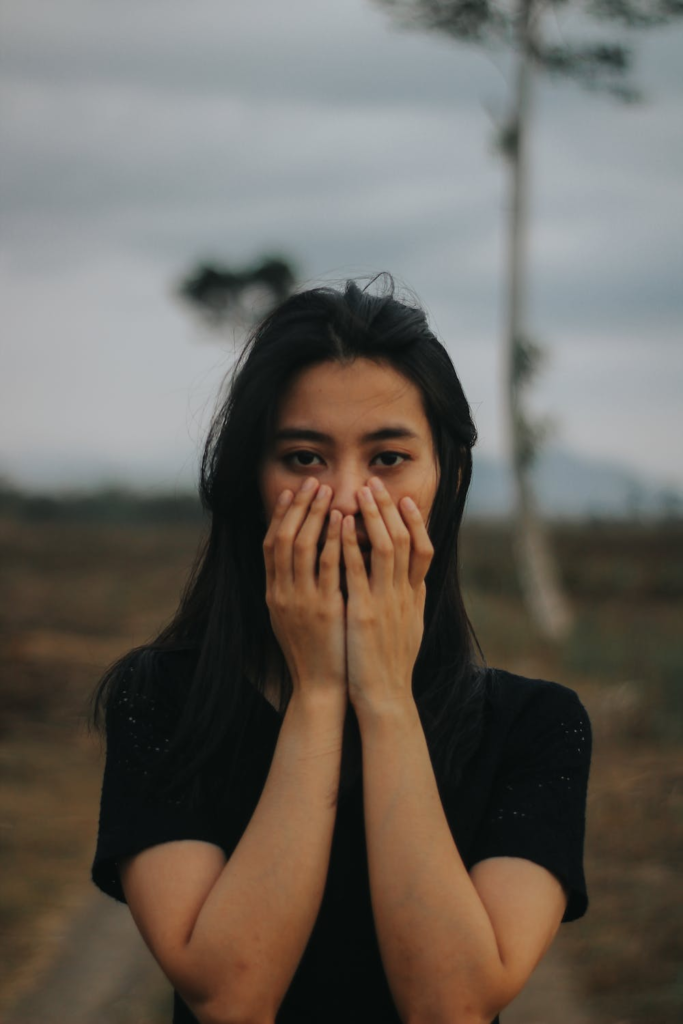
Even though close-up shots are frequently used in emotional portraiture, a thoughtful background may significantly enhance the emotion captured in any photo.
Using the power of the weather to your advantage, you can effortlessly add emotion to any picture. A bright day makes for a cheerful background, yet a dreary, dark nightfall naturally makes for pictures that evoke feelings of melancholy or terror.
A portrait will spring to life when your subject is surrounded by blooming flowers, while a lonely image may be achieved by putting them alone in an empty field. Nature is rich with helpful backdrops that can add emotion to your shots.
There are a ton of options to build the mood and emphasize the emotion you want to capture in your portrait by taking it indoors.
Consider your portrait as a narrative in which the setting in which your subject is captured on camera plays a significant role. Even before the audience sees the person’s face, the space they’re in can give them away as to how they’re feeling.
A close-up of a dejected individual’s face cannot capture the strong and dramatic sense of loneliness that a single person in a fully empty room can. Your photos can have these kinds of effects if you employ creative framing and props.
Tip #2: Be mindful of the lighting
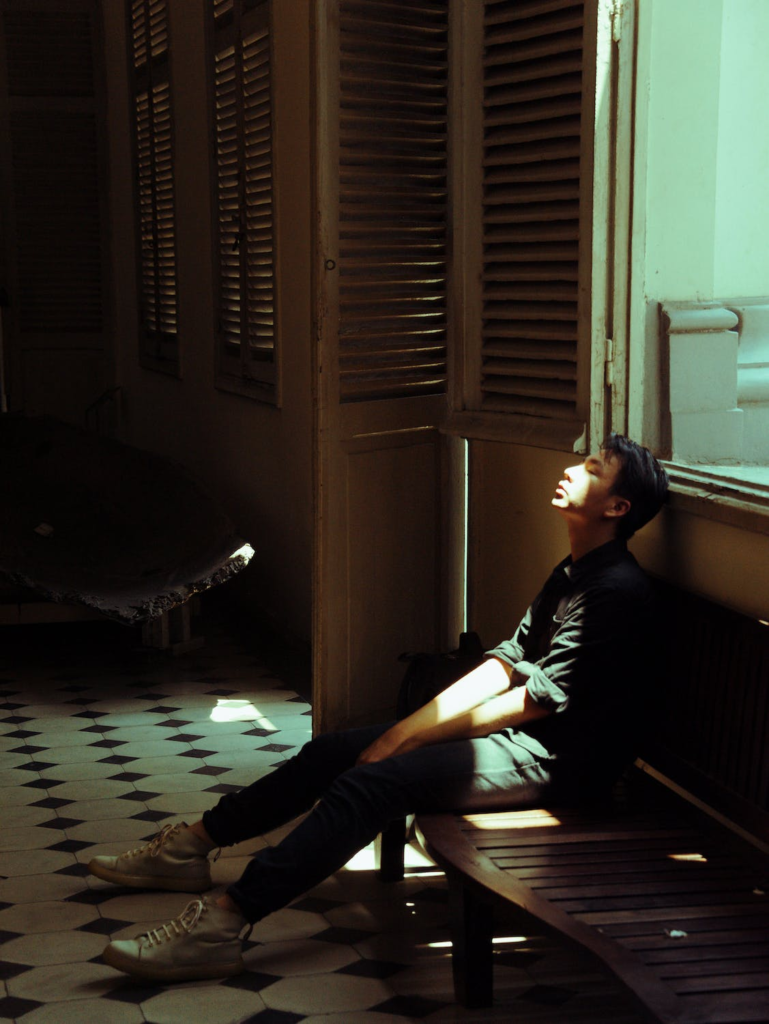
When it comes to capturing emotions on camera, lighting is crucial. Varying the angle at which light strikes your subject’s face will produce a wide range of moods and effects.
A person completely covered in darkness with only a sliver of light on their face, for instance, can exude hope. A really dark portrait that just shows a portion of the subject will seem enigmatic and dramatic, possibly menacing or depressing.
A well-lit portrait could draw attention to the joy on someone’s face or draw attention to the melancholy they appear to be experiencing. Remember that although darker portraiture tends to feel more dramatic or melancholic, you may still use contrasting lighting to bring attention-grabbing effects into your picture.
It’s crucial to consider the direction of light in your portrait as well. If the subject is facing the window or is lighted from behind, window light, for instance, might contribute to an image’s impression of hope or contemplation.
Brighter-lit photos tend to have a more cheerful vibe, while darker photos usually feel more dramatic and are better at expressing negative feelings. A more dramatic impact can be achieved by establishing or locating the ideal lighting circumstances during the shoot, although you can easily change this in post-production.
Finding a good outdoor site is one easy method to do this, as we covered above, but studio lighting may also be used to achieve the desired impression.
Tip #3: Use color creatively
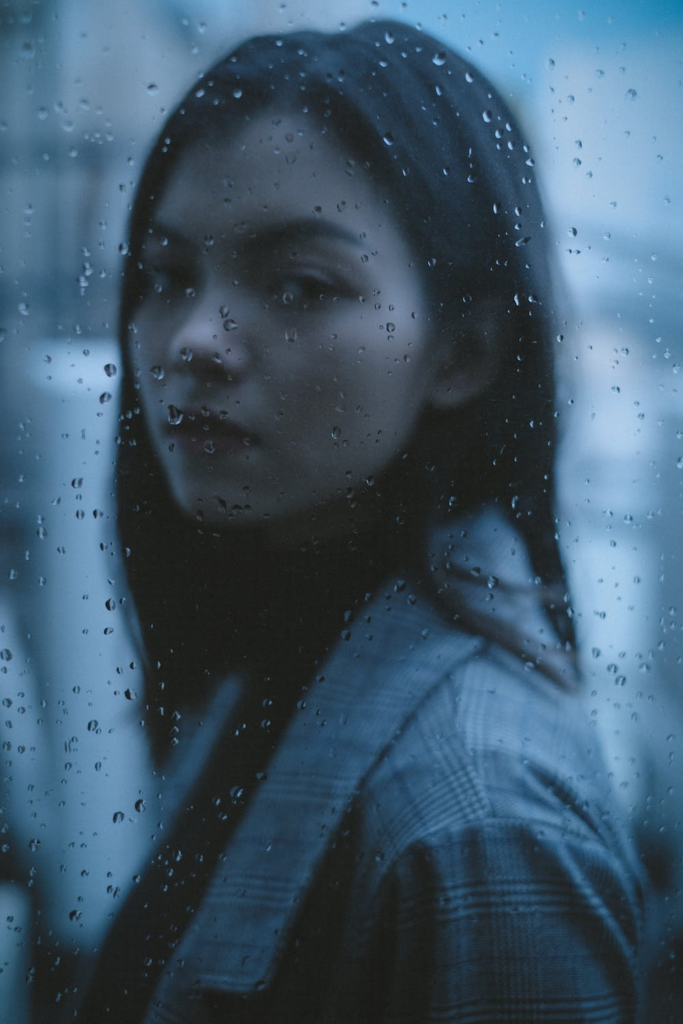
Do you recall the expressions “feeling blue” or “seeing red”? Since emotions and colors are related, you can take advantage of this when taking photographs.
The colors in your image can make the viewer experience the emotion you’ve captured more intensely, whether it’s through the backdrop you choose to shoot against or the way you manipulate colors in post-processing. The rules for expressing emotion through color are, for the most part, the same as those for lighting.
Darker, more somber hues can have a more subdued feel. Darker and heavier colors, such blues, greys, and dark greens, tend to give your photos a more somber atmosphere.
Light and bright colors can assist provide a sense of enthusiasm and excitement to a pleasant image, just as darker colors will give your photos an emotionally darker mood.
To enhance the cheerful atmosphere of your portrait, try using bright colors like yellows, oranges, reds, pinks, and so on.
A fantastic alternative for taking emotionally charged pictures is to use black and white photography. Black and white photography can contrast the happiness in a happy scene and add a deeper sense of melancholy to a portrait that is already depressing.
Tip #4: Work closely with your portrait subject
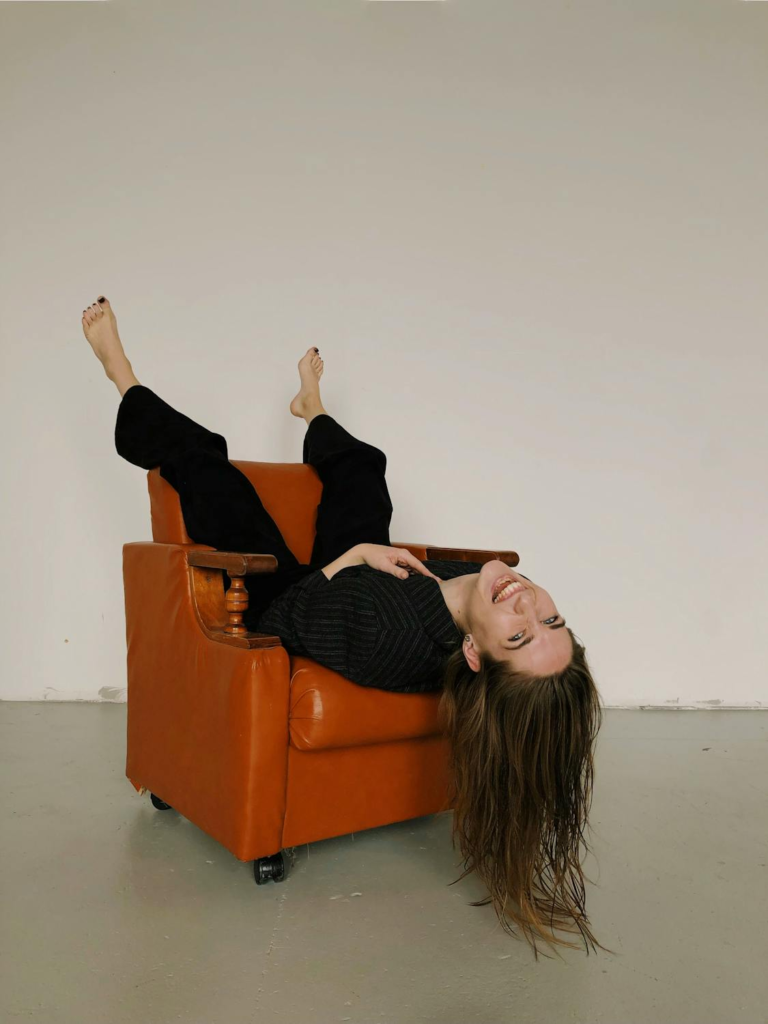
By collaborating closely with your subjects, you can experiment with different approaches to evoking emotion in your shots. It’s usually easier to do this if you already know the subject of the photo, but you can also build a relationship with models by trying to get to know them and make them feel at ease.
Capturing negative emotions
You could ask your model to reflect deeply on a painful memory they have for a melancholy shoot. Consider it to be technique acting! Encourage your model to feel angry and possibly even shout in front of the camera if you’re attempting to capture that emotion.
Work with body language
Here, body language is really crucial. A depressed, lonely, or disheartened individual may slump their shoulders, turn away from the camera, or droop their head low.
On the other hand, an angry person could assume an aggressive stance, staring straight ahead and throwing back their shoulders.
To make sure you’re getting as much emotion as you can, experiment with a variety of dynamic stances. A face can only reveal so much about a person!
Capturing positive emotions
A cheerful, joyous individual may be doing other things in addition to smiling, such as bouncing up and down, hugging someone, or raising their hands in the air.
Try to make the model laugh and feel good for the session; perhaps have them recall a happy experience that makes them grin.
For a decidedly whimsical shot, try to make your model comfortable enough to experiment with crazy poses (upside down! making weird faces!).
Tip #5: Try candid captures
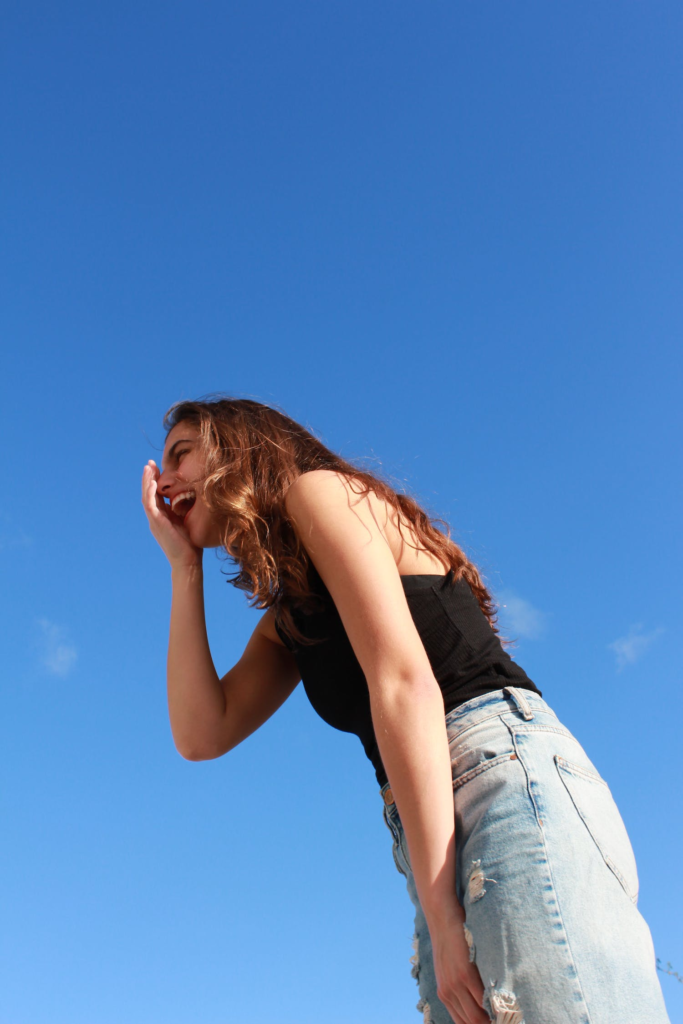
We’ve covered a few easy strategies so far for incorporating more genuine emotional experience into your photo sessions. However, you can also go back to the basics and attempt taking candid photos in order to capture genuine, authentic feeling in the moment.
Bring your camera everywhere you go
Our best advice for this is to just start taking pictures of friends and family whenever you can, as long as they give you permission, of course!
Always ask permission first
Inform your loved ones that you are practicing taking pictures of individuals, and practice taking pictures of people when you notice a powerful emotion on their face. As you just spend time observing the interactions of people you already know well, you’ll probably discover that it’s easy to record happy sentiments.
Gain confidence to take those important shots.
We don’t recommend taking pictures of yourself while you’re really down, but if you take a lot of pictures of the people in your life, you’ll undoubtedly get some bad shots as well. Consider asking some friends if they would mind viewing a scary or depressing movie with you while you record their reactions with a camera for some practice.
Develop your creative side and earn their trust by showing them your images, talking to them frequently, and offering to retake or remove the shot if they genuinely don’t like it. Taking pictures of other people is a collaborative process, and the perspectives of your subjects are invaluable.


